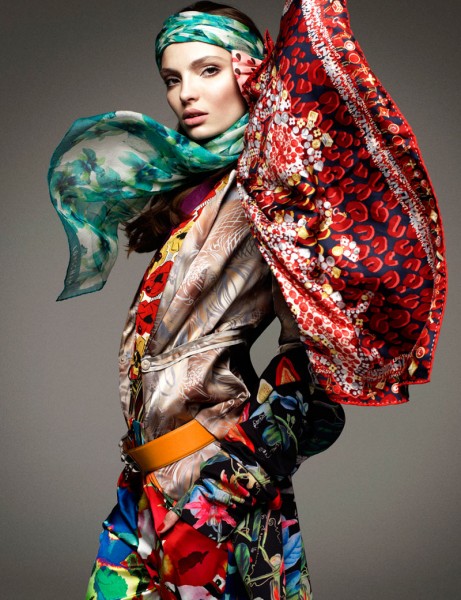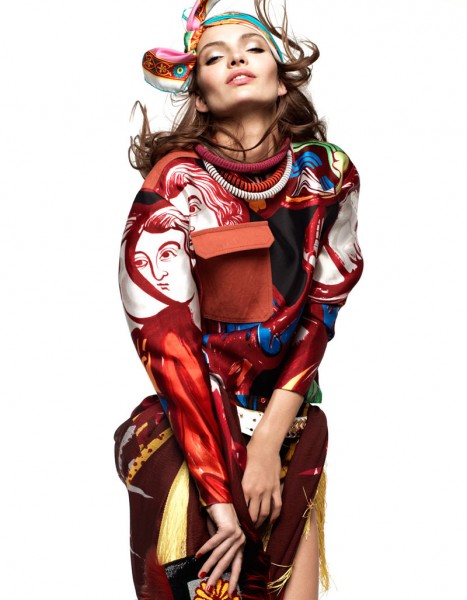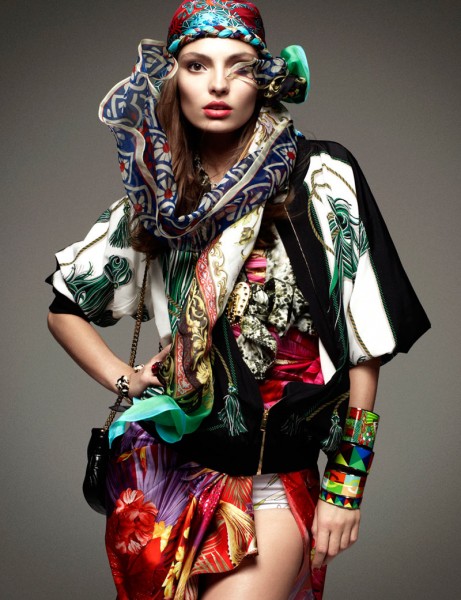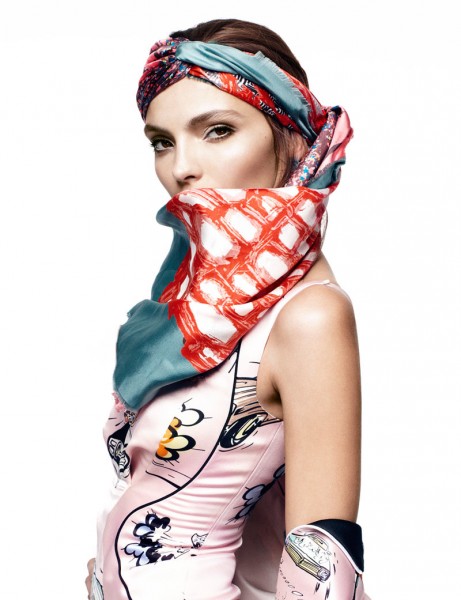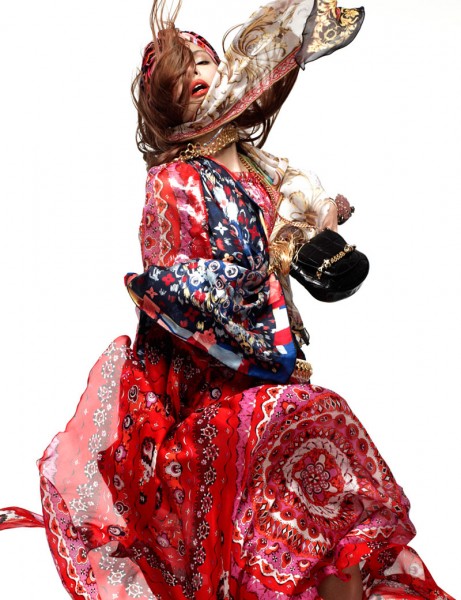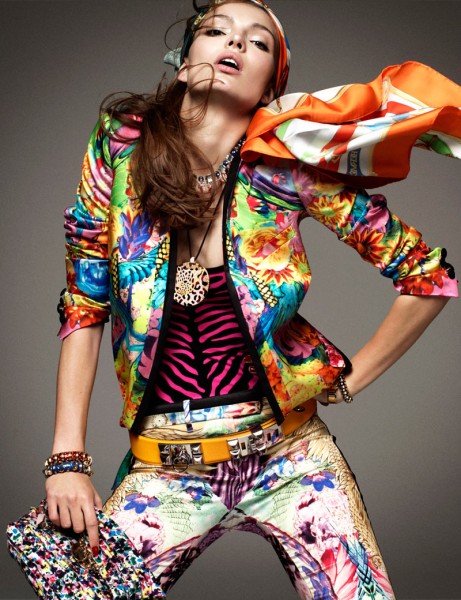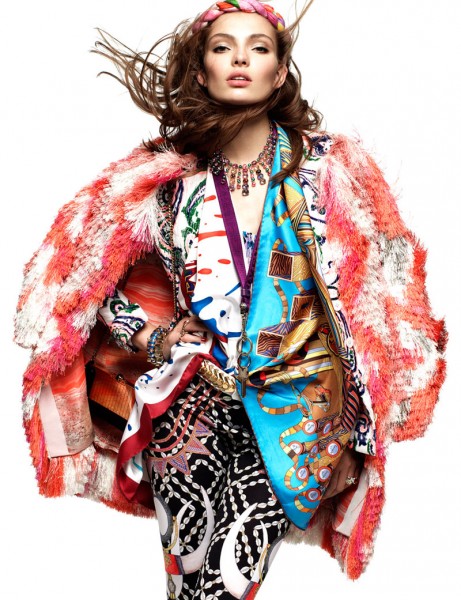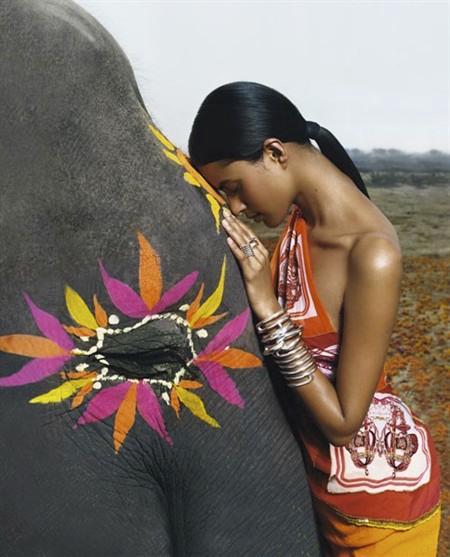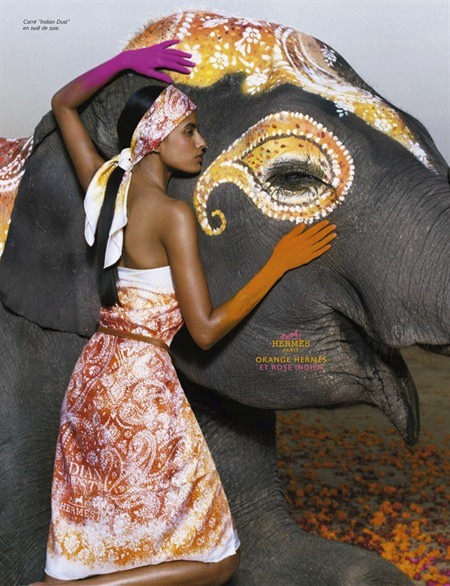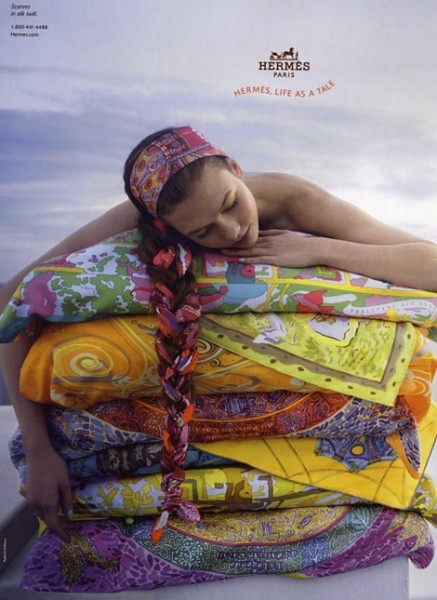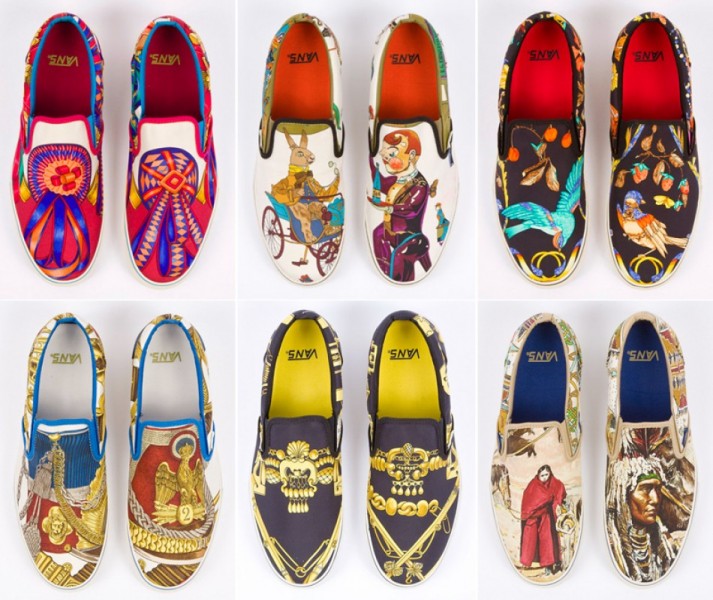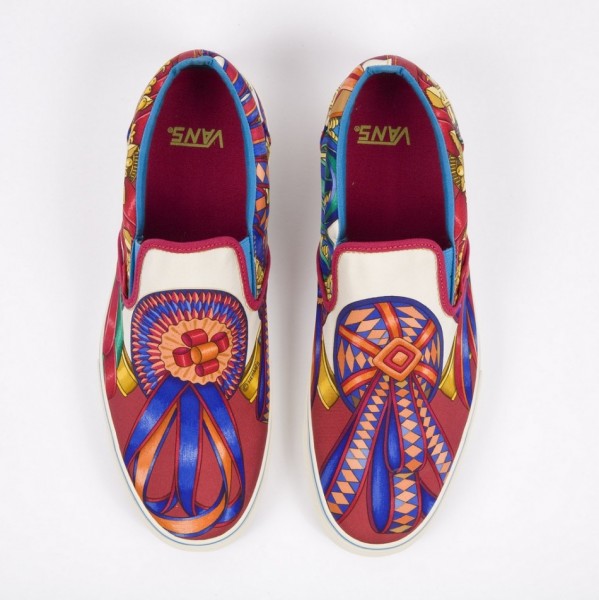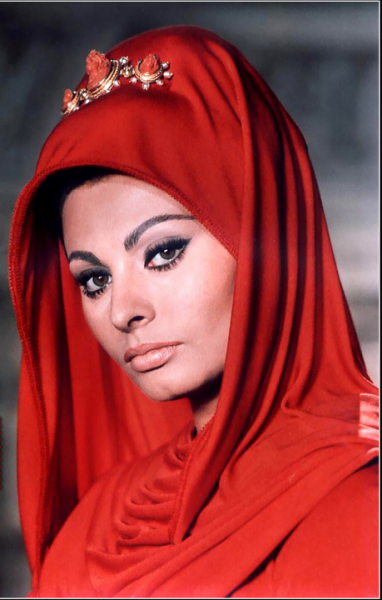A scarf is known as a piece of fabric worn around the neck, or near the head or around the waist for warmth, cleanliness, fashion or for religious reasons. They can come in a variety of different colours.
Historians believe that during the reign of the Chinese Emperor Cheng, scarves made of cloth were used to identify officers or the rank of Chinese warriors.
In later times scarves were also worn by soldiers of all ranks in Croatia around the 17th Century. The only difference in the soldiers’ scarves that designated a difference in rank was that the officers had silk scarves whilst the other ranks were issued with cotton scarves. The men’s scarves were sometimes referred to as “cravats” (from the Croatian term kravata), and were the precursor of the necktie.
The scarf became a real fashion accessory by the early 19th Century for both men and women. By the middle of the 20th Century scarves became one of the most essential and versatile clothing accessories for both men and women.
In recent years, scarves have experienced a revival. In cold climates, a thick knitted scarf, often of wool, is tied around the neck to keep warm. This is usually accompanied by a warm hat and heavy coat.
In drier, dustier warm climates, or in environments where there are many airborne contaminants, a thin headscarf, kerchief, or bandanna is often worn over the head to keep the hair clean.
Over time, this custom has evolved into a fashionable item in many cultures, particularly among women. The cravat, an ancestor of the necktie and bow tie, evolved from scarves of this sort in Croatia.
Religions such as Judaism under Halakhah (Jewish Law) promotes modest dress code among women. Married Jewish women wear a tichel to cover their hair. The Tallit is commonly worn by Jewish men especially for prayers which they wrap around their head to recite the blessing of the Tallit.
Young Sikh boys, and sometimes girls often wear a bandanna to cover their hair, before moving onto the turban. Older Sikhs may wear them as an under-turban.
Islam promotes modest dress among men and women; many Muslim women wear a headscarf often known as a hijab, and in Quranic Arabic as the khimar. The Keffiyeh is commonly used by Muslim men. Several Christian denominations include a scarf known as a Stole as part of their liturgical vestments.
Wollen scarves with Bandhani work are becoming very popular. Bandhani or Bandhej is the name of the tie and dye technique used commonly in Bhuj and Mandvi of Kutch District of Gujarat State in India.
Scarves can be tied in many ways including the pussy-cat bow, the square knot, the cowboy bib, the ascot knot, the loop, the necktie, and the gypsy kerchief.
Balancing faith and fashion can be a challenge for following islam women, finding ways to blend your spiritual side with personal style. today many are the options to be faith minded and fashion conscious.
Starring Carola Remer, the Vogue Germany January 2012 editorial was shot by fashion photographer Greg Kadel. Remer was outfitted by fashion editors Nicola Knels and Lynn Schmidt who transformed her into a powerful and artistic fashion maven.
Another current example , Luxury French brand Hermès, created a line of limited edition saris to tap into the Indian market. Saris continue to be worn by the majority of women in India for everyday use, traditional celebrations and weddings, and so while other labels are choosing to enter the market with their jewellery, handbags and footwear, Hermès are confident that their traditional luxury garments will be a hit.
Vogue Germany January 2012 Published: Dec 15, 11 • References: vogue.de / The billowing Vogue Germany January 2012 photo shoot is additionally accentuated by the windswept hairdo by Peter Gray and softly subtle makeup by Itsuki.
Wikepedia.
Scarf me by Adriana Bittencourt
Scarf me by Adriana Bittencourt / Brazil
